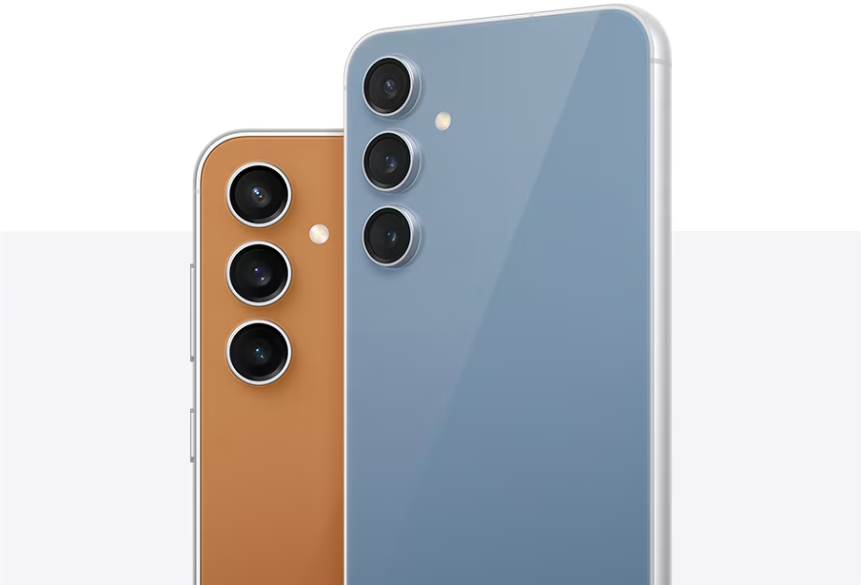Lightning VS USB-C: What to expect from the new iPhone cable
With Apple finally moving away from their proprietary Lightning Cable, what can iPhone 15 users expect from the change?
Apple has led the charge in user experience, trend setting, and tech innovation since its inception in 1976. Whilst it has faced criticism, the Lightning Cable has served Apple and iPhone users diligently for years, but this is coming to an end in 2023 with the introduction of the industry standard USB-C cable and connector for the iPhone 15 series.
So what are the differences?
Understanding Lightning

Since its introduction in 2012, the Lightning Cable has been the staple of Apple devices. Recognized and respected for its compact design and reversible connector, the Lightning Cable has helped keep iPhones up with and ahead of the competition. Lightning cables on iPhones are capable of transfer speeds comparable to USB 2.0, which is up to 480Mbps.
The Rise of USB-C

USB-C, characterized by its versatile design and its capability for fast data transfer speeds, has become standardized across the consumer electronics market. Whilst Apple has already adopted USB-C for its MacBook lineup and iPad Pro, the iPhone 15 is the first in its class to receive the standard.
The advantages of USB-C include faster charging speeds, higher power delivery, and the ability to connect to a wider range of devices with a single cable.
Lightning VS USB-C

One of the biggest pain-points for many iPhone users over the years has been the lack of compatibility with other electronic devices. As USB-C has been standardized, its appeal has greatened; the ability to use one cable for several devices, as well as the ability to easily connect between them has obvious benefits.
Another aspect that sets USB-C apart from Lightning is its transfer and charging speeds. As mentioned above, the Lightning Cable is restricted to transfer speeds up to 480Mbps, whereas a USB-C Thunderbolt cable can achieve speeds up to 10Gbps.
Likewize - Every tech problem made painless





